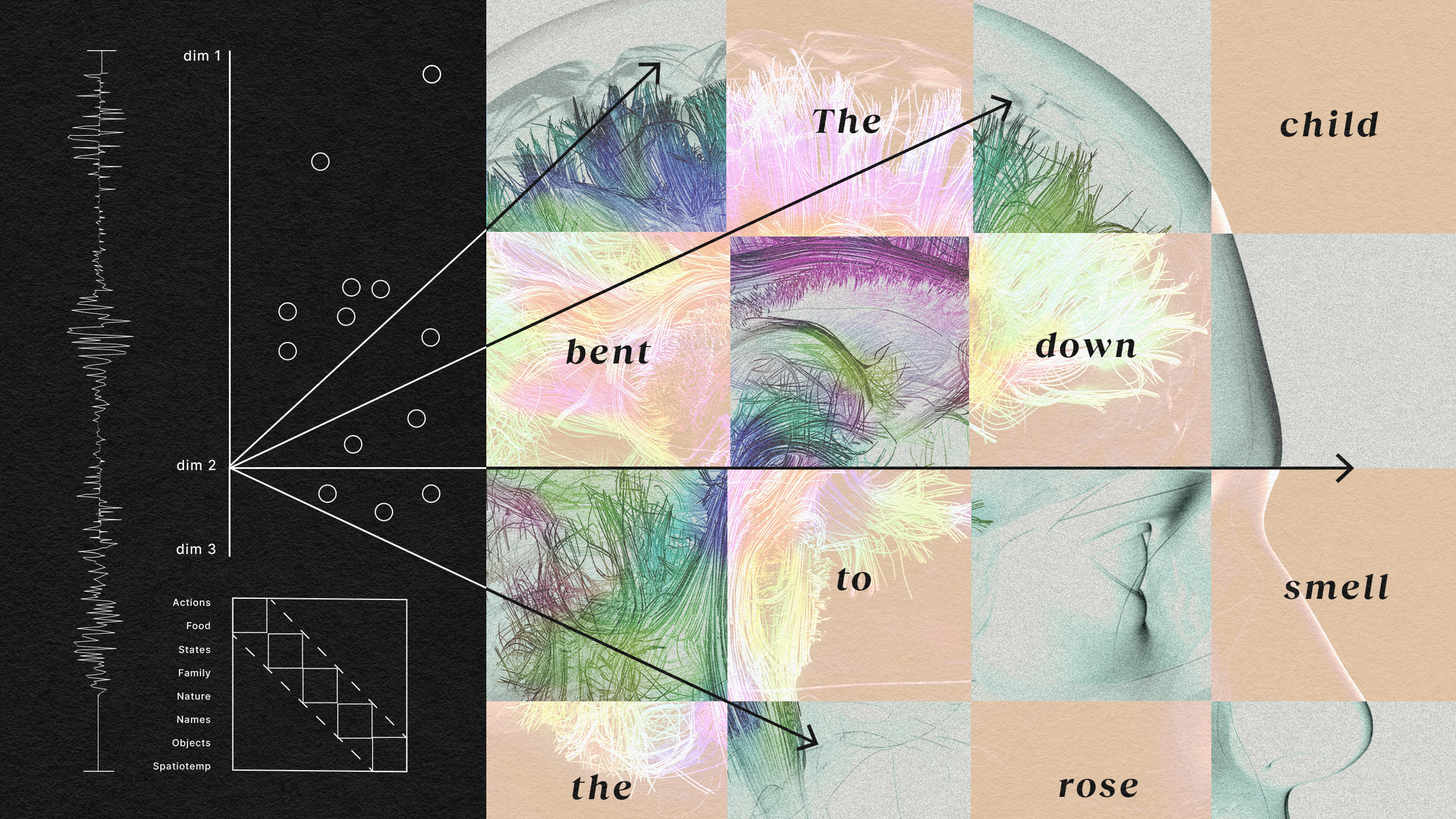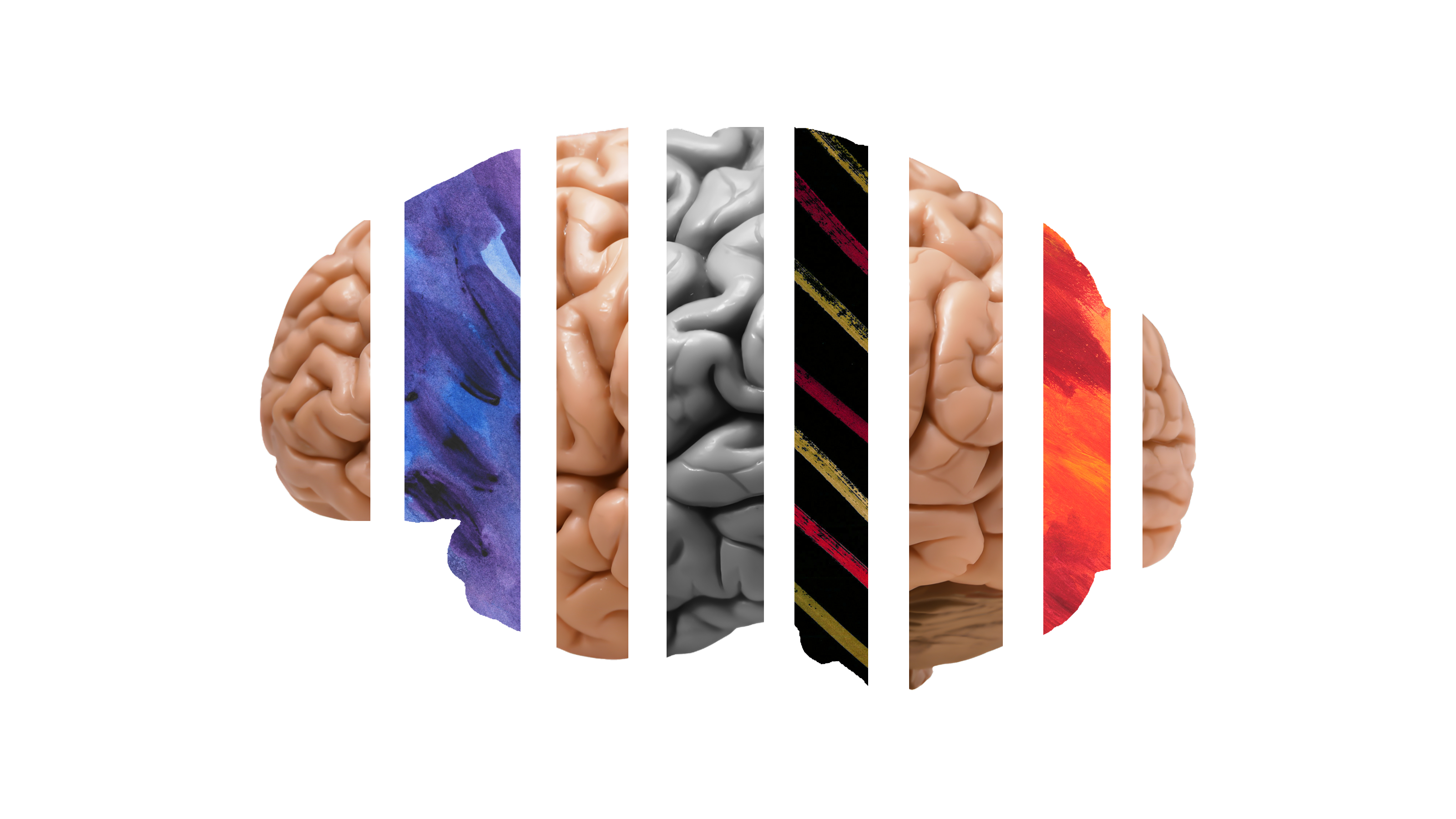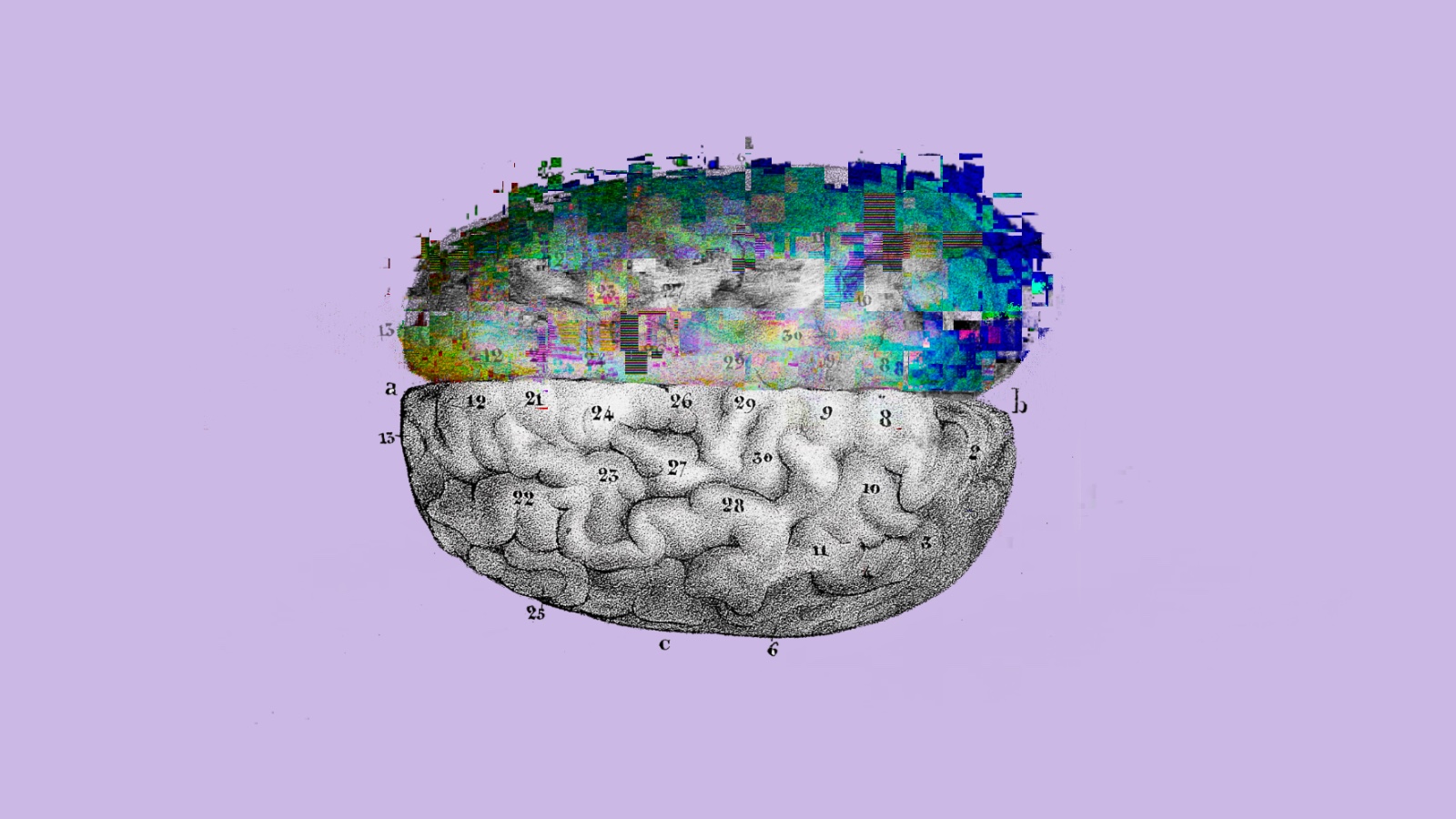Adult language-learning changes how the brain’s hemispheres function

Credit: Teeradej via Adobe Stock
- Language processing has long been thought to occur primarily in the left hemisphere of the brain.
- A new study used fMRI on groups of adults to examine how the brain’s left and right hemispheres contribute to learning a new language.
- The results showed that, as the participants progressed, they began to use more of their right hemisphere, but only for some aspects of language processing.
Learning a new language as an adult changes how the brain’s hemispheres contribute to language processing, according to a new study.
The brain’s left and right hemispheres are generally specialized to perform different tasks. The left hemisphere has long been thought to handle language processing, particularly in regions like Broca’s area and Wernicke’s area.
But the right hemisphere also plays a role. For example, stroke victims with damage to their left hemisphere have been able to (partially) recover language abilities after right-hemisphere regions reorganized themselves to compensate for the injury.

Illustration of left and right brain hemispheresCredit: Chickensaresocute via Wikipedia Commons
So, is the left hemisphere indeed hard-wired for language? In terms of learning a new language later in life, what roles do the hemispheres play, and how does neuroplasticity factor in?
The new study, published in The Journal of Neuroscience, explored these questions by conducting fMRI on groups of adults as they read, listened to, and spoke both their native language and a new language. In the early stages, the fMRI results looked similar for the native and new languages.
Pixabay
As learning progressed, however, the participants increasingly employed regions from the brain’s right hemisphere. But this was only true for reading comprehension and, to a lesser extent, speech comprehension of the new language. Speaking the new language remained a left-dominant (or left-lateralized) task.
The results suggest neuroplasticity for speech production is far more limited, which may explain why adults have a harder time speaking a new language, though they can learn to read and comprehend one relatively easy. It also suggests the brain’s left hemisphere is hard-wired for speech production.
Neuroplasticity does gradually decrease with age, and if you’re an adult picking up a new language you may never become a totally fluent speaker. Still, learning a new language later in life is totally possible. In addition to broadening your career options and opportunities to explore other cultures, studies suggest that learning a second (or third) language can help:
Learn a new language—super fast. Here’s how. | Steve Kaufmann | Big Thinkwww.youtube.com





